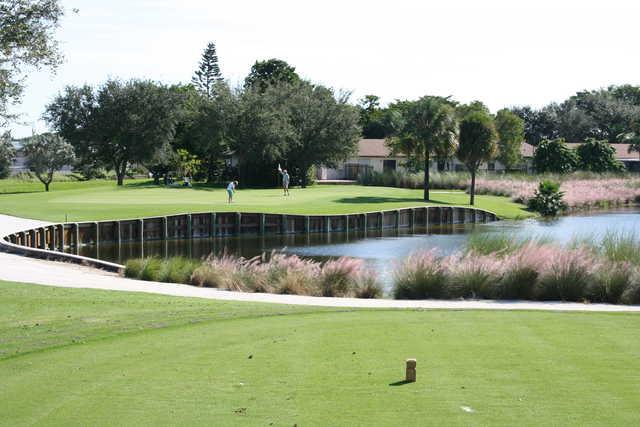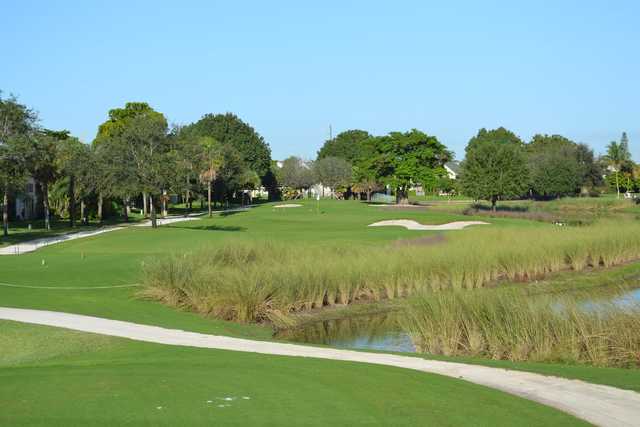Alright, let me tell you about my little springtree golf club project. It was a fun one, and I learned a bunch, so grab a coffee, and let’s dive in.

So, it all started when I was messing around with some UI design tools. I wanted to create a website for a fictional golf club – you know, something clean, modern, and easy to navigate. I kicked things off by sketching out a basic layout. I’m talking about good old pen and paper here. Just jotting down ideas for the homepage, membership pages, events calendar, and all that jazz.
Next up, I jumped into Figma. I spent a good chunk of time playing around with different color schemes, fonts, and image placements. The goal was to create a visually appealing and professional-looking design that reflected the kind of vibe a high-end golf club would want to project. I made sure it was mobile-friendly too. Gotta think about those golfers checking tee times on their phones!
Once I had the design locked down, it was time to bring it to life with code. I decided to keep it relatively simple for this project. I set up a basic HTML structure with all the necessary divs and sections. I then moved on to CSS, styling the different elements to match my Figma design. This involved a lot of tweaking and experimenting with different properties until I got everything looking just right. I also included some basic JavaScript for things like the navigation menu and maybe a simple image slider on the homepage.
After the front-end was in decent shape, I started thinking about the back-end functionality. For this project, I didn’t need anything too complex. I wanted to add a simple contact form that would allow visitors to send messages to the club. I used PHP for the back-end logic, setting up a script to handle the form submission and send the email. I made sure to include proper validation to prevent spam and ensure the data was clean.
I even messed around with embedding a Google Maps element to display the location of the golf club. Getting the API key set up correctly took a bit of fiddling, but I got there eventually.

Once I had the core functionality in place, I started focusing on the details. I added high-quality images of the golf course, clubhouse, and other facilities. I wrote compelling copy that highlighted the benefits of becoming a member and the unique features of the club. I even created a mock events calendar with upcoming tournaments and social gatherings.
Finally, I deployed the website to a simple hosting environment. I used cPanel to upload my files and configure the necessary settings. After a few tweaks, the website was live and ready for the world to see. Even though it was just a personal project, I was proud of what I had accomplished. It was a great way to practice my skills and learn new things.
